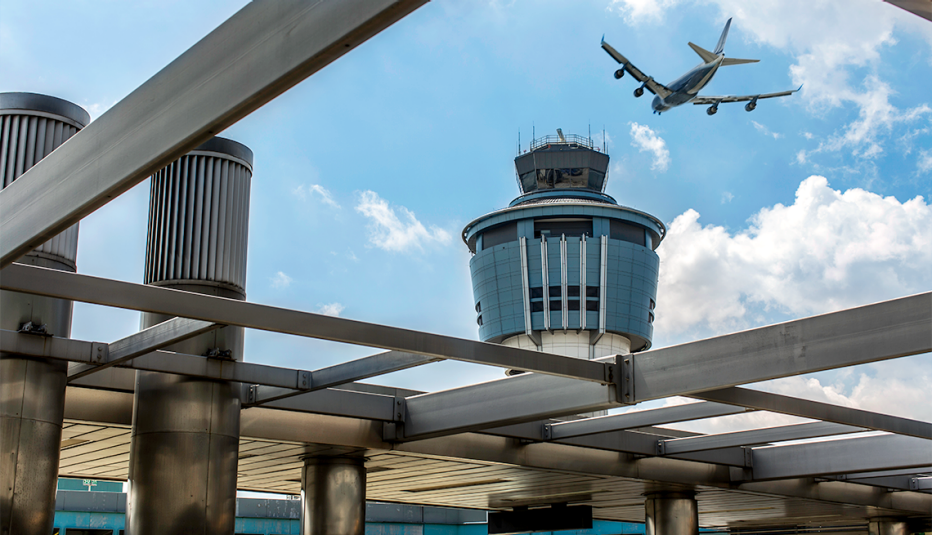AARP Hearing Center
Navigating all the charges associated with booking an airline ticket can be as challenging as ensuring your checked bag meets the weight limit.
You’ve got luggage, cabin class, boarding position and food add-ons to consider as you book your ticket. But what about your airline’s trip insurance? Is it worth it?
You’ve been there: You’re nearing the final part of your checkout on an airline’s site — you’ve picked your seat, you’ve added a checked bag, and then you’re required to specify whether you’re adding trip insurance.
Be mindful that airlines try to get you to spend about 7 percent of your ticket price on added insurance through their website, says Suzanne Morrow, senior vice president of insuremytrip.com, an online travel insurance comparison website. The problem is they’re generally not the underwriter of the insurance, and if you try to collect, the airlines will pass the buck to the underwriter.
Plan for your big trip
• Medicare while on vacation
• Medicare coverage outside USA
• How to pick travel insurance
• Thinking about flight insurance?
• Members only: Stream TV abroad
Douglas Heller, director of insurance for the Consumer Federation of America, a nonprofit research, advocacy, education and service organization, considers this push to buy trip protection when purchasing a plane ticket a scare tactic.
“When you are purchasing travel, you’re in this sort-of captive environment, and then you’re being presented with this option to buy this other product and it’s not even clear: Is it insurance? Is it something else?” Heller says. “And in fact, it’s oftentimes both insurance and not insurance that gets bundled together, which is a problem.”
Airlines didn’t always charge for every little thing. But in 2008, during the global financial crisis and amid rising fuel costs, airlines started charging for ancillary products, such as checked bags. The $15 fee to check a bag seemed like a king’s ransom, but travelers paid it. That year, airlines made more than $1 billion in baggage fee revenue.



































































